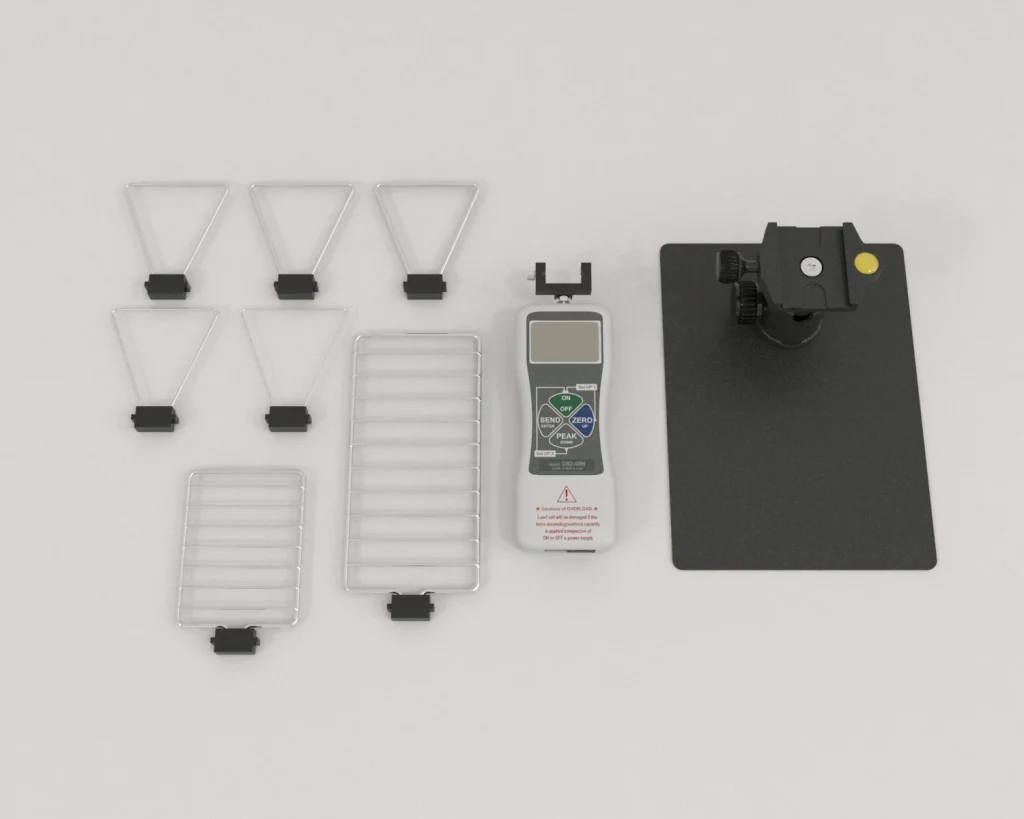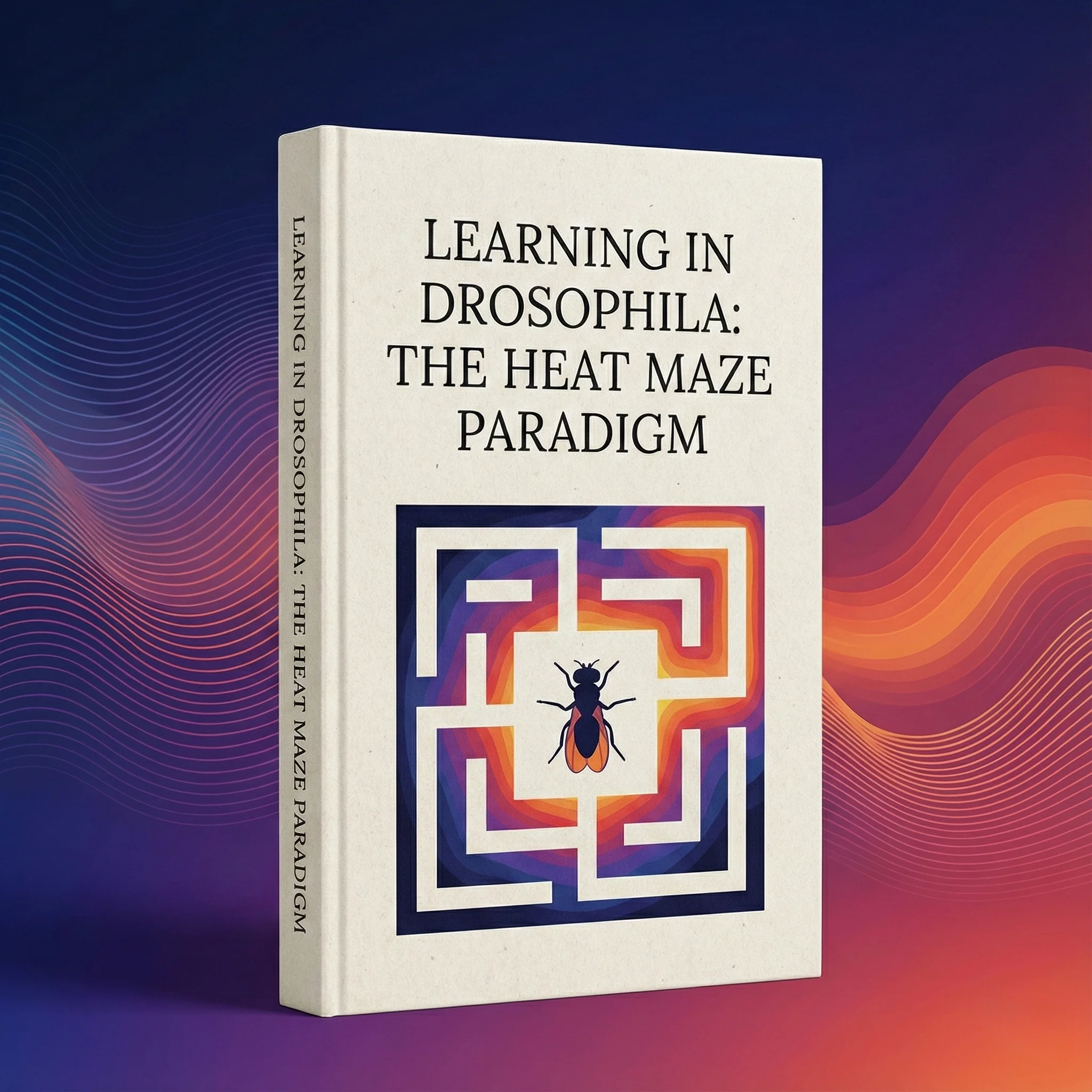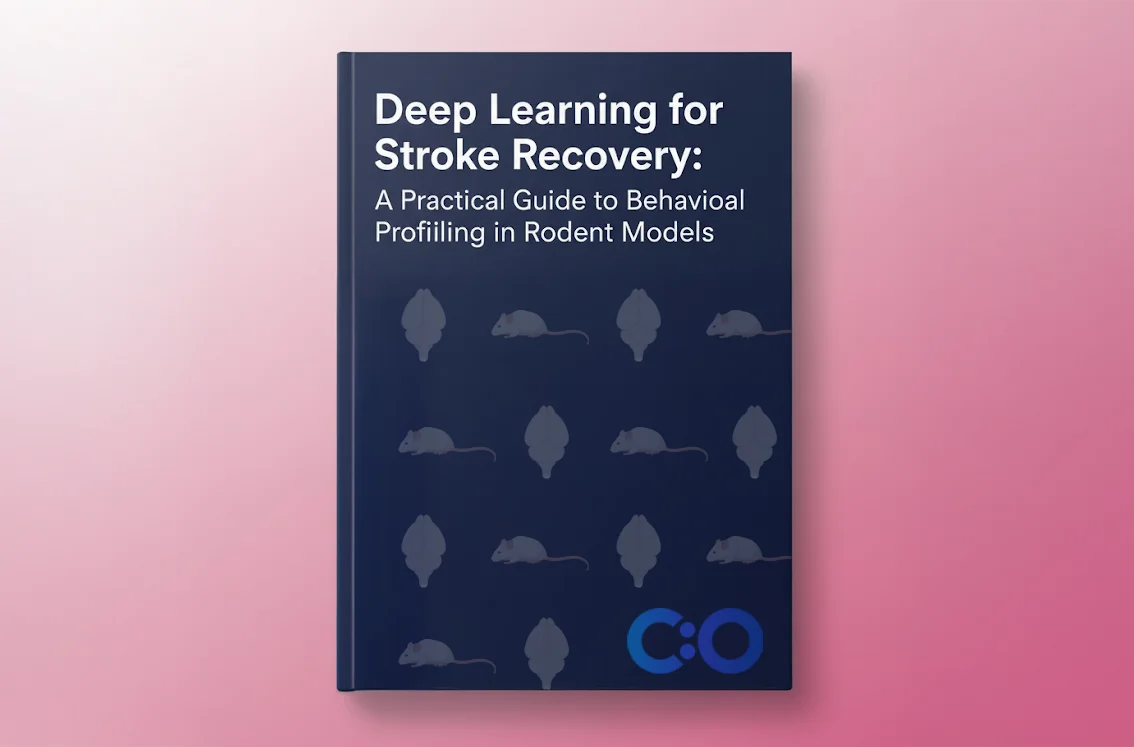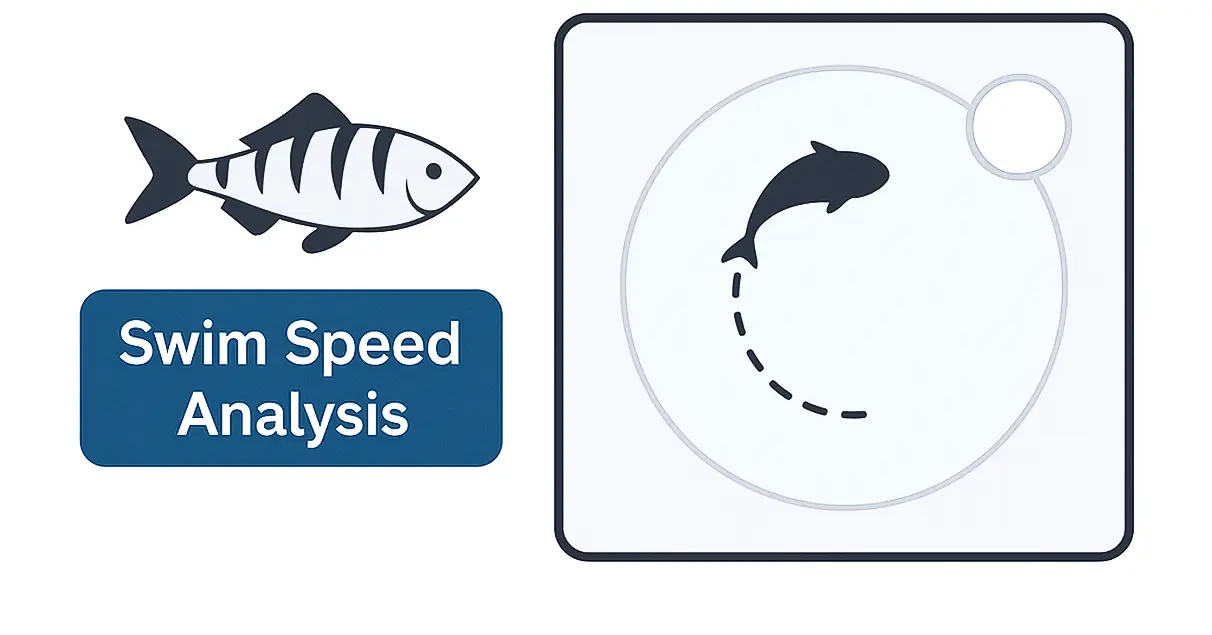

The grip strength test is one of the most widely used methods in animal research labs for assessing neuromuscular function and detecting disorders. Initially developed in the 1970s, this technique has evolved with numerous methods now available to study muscle strength, particularly in rodents. These approaches are generally categorized into invasive and non-invasive methods (1).
The grip strength test is particularly favored because it causes minimal stress to the animals and is relatively easy to perform. It is extensively used to study the phenotypes of transgenic mice with neuromuscular diseases and to evaluate the effects of potential treatments on motor functions. For over 30 years, this test has been a staple, either as a standalone tool or in combination with other methods.

Figure: Grip Strength Test
One common variant is the forelimb grip strength test, in which the animal holds onto a bar while the researcher gently pulls its tail. The force generated by the animal’s grip is recorded.
Despite the test’s simplicity, several factors, such as the animal’s motivation to hold the bar and inconsistent handling techniques, can introduce variability in the results. Rodent motivation remains a major challenge, often leading to inconsistent results and the need for repeated trials to achieve reliable data (2).
The grip strength apparatus consists of a pull bar connected to a force sensor, which records the peak force applied by the rodent. The equipment comes with digital displays and precision gauges to measure motor function. Advanced models feature software that automates data collection and analysis, reducing human error. Some apparatuses can measure both forelimb and hindlimb grip strength and come with interchangeable grip plates for different rodent sizes (2).
Key Components:
Error-elimination function: Reduces operational errors over time, improving data accuracy.
Here is a simplified version of the typical procedure for conducting grip strength tests (2):
It is essential to clean the apparatus with ethanol after testing each cage to prevent contamination. Detailed information about the procedure can be found here.
Several factors can affect the accuracy and reliability of the grip strength test (3):
Parametric Factors
Physiological Factors
Body weight and muscle mass: Dietary restrictions that lead to body weight loss in rodents are associated with reduced grip strength, even when the nervous system remains unaffected.
Advantages:
Disadvantages:
Environmental influences: External factors such as diet, sensory impairments, and the rodent’s overall health can skew results (4).
The grip strength test remains a key tool for evaluating neuromuscular and motor functions in rodents, especially in models of neurodegenerative and muscular diseases. While the method is widely regarded for its ease of use, researchers must carefully consider the factors that can influence its outcomes.
Proper handling, minimizing stress, and using advanced apparatus are essential for generating reliable data. Though not without its limitations, the grip strength test offers valuable insights into muscular health and disease progression.











Dr Louise Corscadden acts as Conduct Science’s Director of Science and Development and Academic Technology Transfer. Her background is in genetics, microbiology, neuroscience, and climate chemistry.
